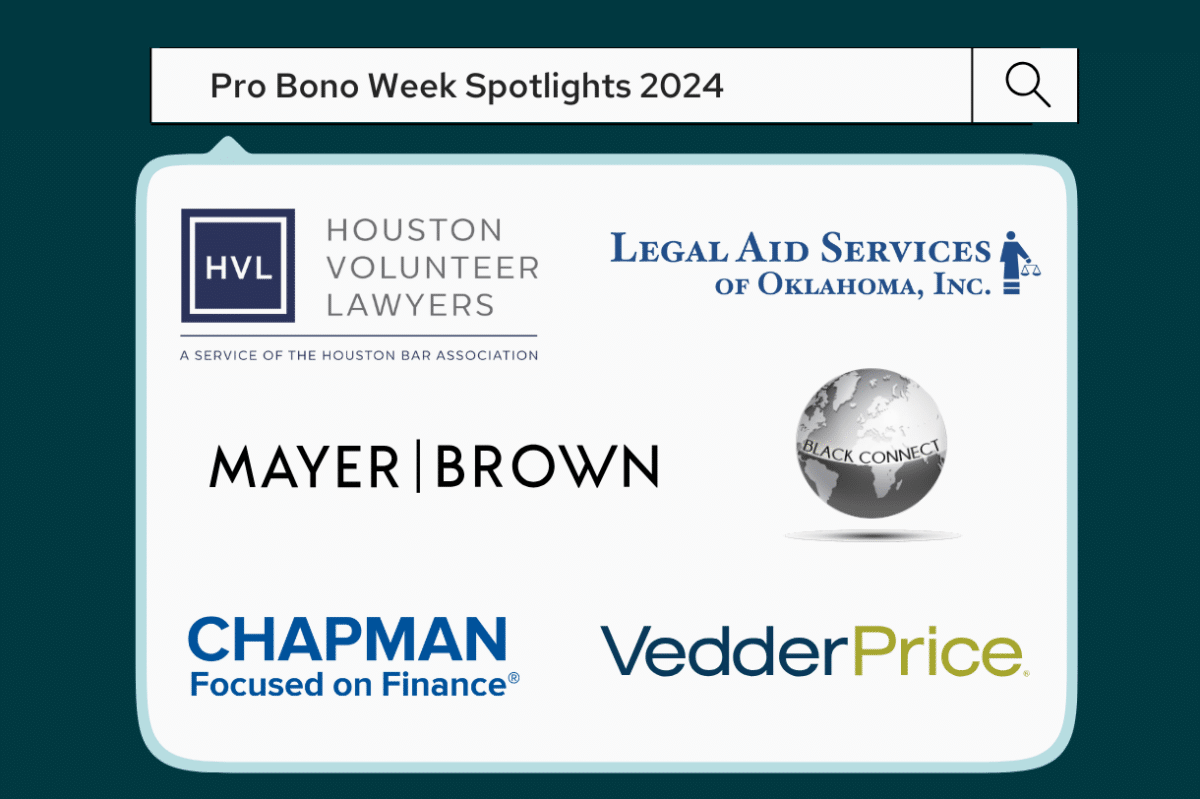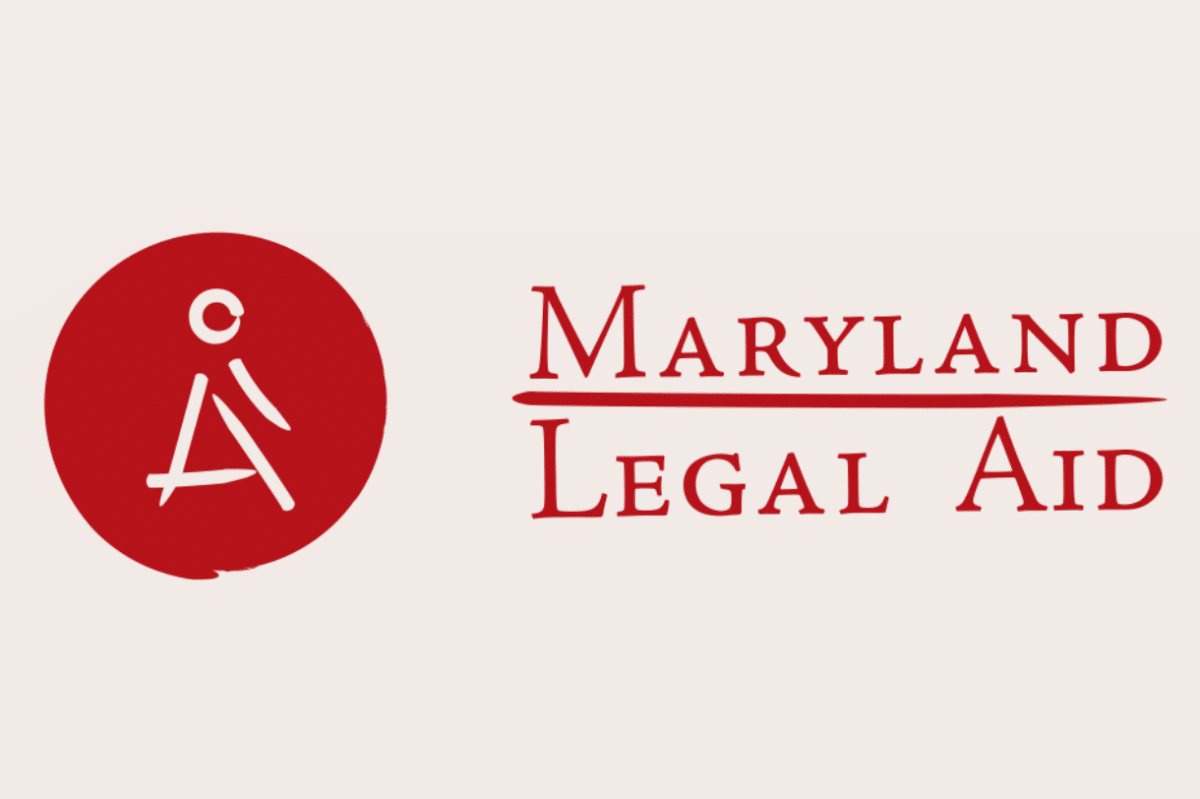This is the second of two posts regarding reflections on the ACC 2022 conference. In my first post, I shared perspectives and key takeaways from the session, “Well-Being in The Legal Department: Fact or Fiction.” This post will focus on the “CLO’s Point of View: In-House Pro Bono, DEI, and Social Impact” session.
First, a little background. I joined Paladin (pro bono management software) a year ago, in November 2021. Having been in the legal industry for 20+ years, I had thought I had a pretty good grasp of the pro bono ecosystem. I could not have been more wrong.
I’ve been amazed at the intricacies of the area, as well as the level of knowledge and commitment across legal aid organizations, law firms, corporate legal teams, and the many affinity organizations that support progress towards access to justice. Even after a year in this sector, I’m still learning, and this session provided so much new knowledge. Here we go!
The CLO’S Point of View: In-House Pro Bono, DEI, and Social Impact
Panelists
- James Office, Vice President & General Counsel, Victory Wholesale Group
- Dev Stahlkopf, Executive Vice President and Chief Legal Officer, Cisco Systems, Inc.
- David Zapolsky, Senior Vice President, General Counsel and Secretary, Amazon.com, Inc.
- Eve Runyon, President & CEO, Pro Bono Institute (facilitator)
This session posed the question of “How can law departments of all sizes, from solo GCs to hundreds of attorneys, engage in pro bono?” The panel did an excellent job of answering the question with practical ideas for all in-house legal team leaders regardless of whether they currently have pro bono programs. There is so much power with in-house teams taking on pro bono. A great example is shared via Amazon’s Pro Bono Report, which was released a few days prior to the session.
Breaking Down the Barriers to Doing Pro Bono Work
There are a variety of challenges to in-house lawyers taking on pro bono matters, but there are ways to move past the challenges. Eve Runyon, President & CEO at Pro Bono Institute, shared common barriers, which include lack of malpractice insurance, restrictions on multi-jurisdictional practice, lack of time, departments being too small/stretched, a perceived mismatch between skills/pro bono needs, and lack of training.
The panelists and audience members provided practical recommendations on how to push past these barriers, as well as how to think outside-the-box on pro bono. Here are the highlights!
Offer a Wide Variety of Pro Bono Opportunities: Each attorney has unique interests and will be passionate about different causes and communities, so it’s important to offer a variety of options. In addition, this helps attorneys find matters that fit their expertise and availability. An asylum case might be great for one attorney, while a one-hour virtual housing clinic might be the right fit for another. Serving up a range of pro bono opportunities also helps attorneys who simply don’t know where to start with going out and finding pro bono opportunities.
Partner with Law Firms and Other In-House Legal Teams: David Zapolsky, SVP, GC, and Secretary at Amazon talked about the value of partnering with outside law firms. Firms are set up to handle pro bono — they have the infrastructure (including client conflicts check processes, docketing systems, etc.) and bench strength. Firms often have professionals who organize pro bono programs covering everything from finding opportunities for attorneys to ensuring attorneys have the skills needed to pursue matters outside their primary areas of practice to bringing in additional attorneys when the unexpected happens (lateral moves, extended matters, time constraints, etc.). Law firm infrastructure and teams can be hugely valuable to in-house teams across the life cycle of pro bono: finding matters, organizing matter progression, and ensuring they have capacity to handle (or fill in) on matters.
Eve shared that in addition to partnering with law firms, in-house teams often collaborate with other in-house teams to build capacity and expand expertise in taking on pro bono projects. Dev Stahlkopf, EVP and CLO at Cisco, shared her enthusiasm for the idea and asked the audience to reach out to her if their teams were interested in partnering!
Build Relationships with Legal Services Organizations (LSOs): This is a great way to have an ongoing link to current pro bono matters. You could even look to host a pro bono fair with several LSO partners — this provides a great opportunity for team members to learn about the organizations and types of matters available. In addition, ask LSOs about malpractice insurance; oftentimes, their insurance will extend to cover outside parties working on their pro bono matters.
Provide Training + Link Pro Bono to Career Development: Taking on a pro bono matter outside your typical area of practice can feel daunting, even if you are a jack-of-all trades attorney. Periodically offer short training sessions to help attorneys feel comfortable taking on different types of matters. Look to your outside law firm partners and LSOs for help, as they tend to be a helpful resource for providing training. Finally, consider linking pro bono to career development, particularly for newer team members — it’s the perfect way to build skills and a network.
Connect to Your Company’s Community/CSR Initiatives: ESG, CSR, SDG are just a few of the acronyms out there around corporate social responsibility. No matter which acronym used, companies have really stepped up over the past few years to make an impact on the communities they serve. Many companies have specific causes they focus on whether homelessness, climate change or immigration. Talk to leadership and relevant teams (sustainability, community, volunteerism, etc.) to learn more about focus areas, and find opportunities to build pro bono programs around the relevant causes. Pro bono is going to be supported if it’s connected to a company priority.
In addition, companies are finding ways to use their unique capabilities to help communities. One example is Cisco leveraging its position as a “worldwide leader in technology that powers the Internet technology” to co-develop the “Connected Justice” solution during the pandemic. The solution made it possible for courts to hold secure real-time virtual judicial proceedings. As with most corporate projects, there were legal aspects to the project, which provided opportunities for the in-house legal team to participate and add value.
Finally, educate company leaders on pro bono — tell stories. Help them understand the value of pro bono work, as leadership doesn’t always have a strong knowledge of this area.
Look to ACC Chapters for Help: Several ACC chapters have formalized pro bono committees, but even without a committee, many offer opportunities to work together on pro bono. Each chapter has a budget — are there dollars that could be used towards building or expanding the pro bono work of your chapter? Talk to your chapter to learn more!
Broadening the Scope of Access to Justice Beyond Doing Pro Bono Work
There are many ways lawyers can impact access to justice, beyond doing pro bono work. Other ways include helping to break down the barriers of doing pro bono work and helping to increase funding for Legal Services Corporation (LSC).
Lack of time is a huge barrier to doing pro bono work, but what if there was a way to remove or at least limit this barrier? While we can’t give people more time in their day, we can influence how their time is counted. Jim Office, VP & GC at Victory Wholesale Group, discussed how he worked with the Ohio State Bar to allow pro bono hours to be counted towards CLE requirements. If lawyers are required to do CLE, allowing them to count pro bono as CLE is a win-win. Jim noted that not all state bars allow this (yet!), and even if they do, it’s not always a 1–1 calculation. For instance, in Ohio, six hours of pro bono only counts as one hour of CLE. So, for lawyers interested in helping reduce time barriers, they could look towards working with state bars to approve pro bono hours as CLE at a 1–1 match. Check out this resource to learn more about your state’s rules.
Another way to impact access to justice is removing jurisdictional requirements for attorneys providing pro bono services. For instance, Jim talked about how he worked with the Supreme Court of Ohio to allow for multijurisdictional representation by in-house counsel (ie, not having to be licensed in a state in order to provide pro bono services). This makes it easier for in-house counsel to take on pro bono matters and benefits jurisdictions that are trying to encourage lawyers to do more pro bono. His advice: find out what your state’s rules are on multijurisdictional practice and if it’s not currently an option, work to make it an option.
Last but not least, support funding of LSC. For the past six years, PBI, CPBO, and NLADA have partnered to work with GCs and CLOs to sign a letter asking Congress to approve funding for LSC. LSC provides funding to 132 independent nonprofit legal aid programs serving critical needs across the country. For more information regarding the annual letter to congress, contact CPBO at [email protected].
Final Thoughts
This session was super inspiring from the opening remarks by Dev, David and Jim sharing why they got started in pro bono to the closing remarks with Eve reminding everyone that even the smallest of pro bono projects provides those in need with important help. Let’s do this!
If you’re located in a state where Paladin powers a state-wide pro bono portal, we invite you to visit and volunteer for a matter. If you’re interested in centralizing and expanding your in-house team’s pro bono program, please reach out to learn more about Paladin for in-house teams!


